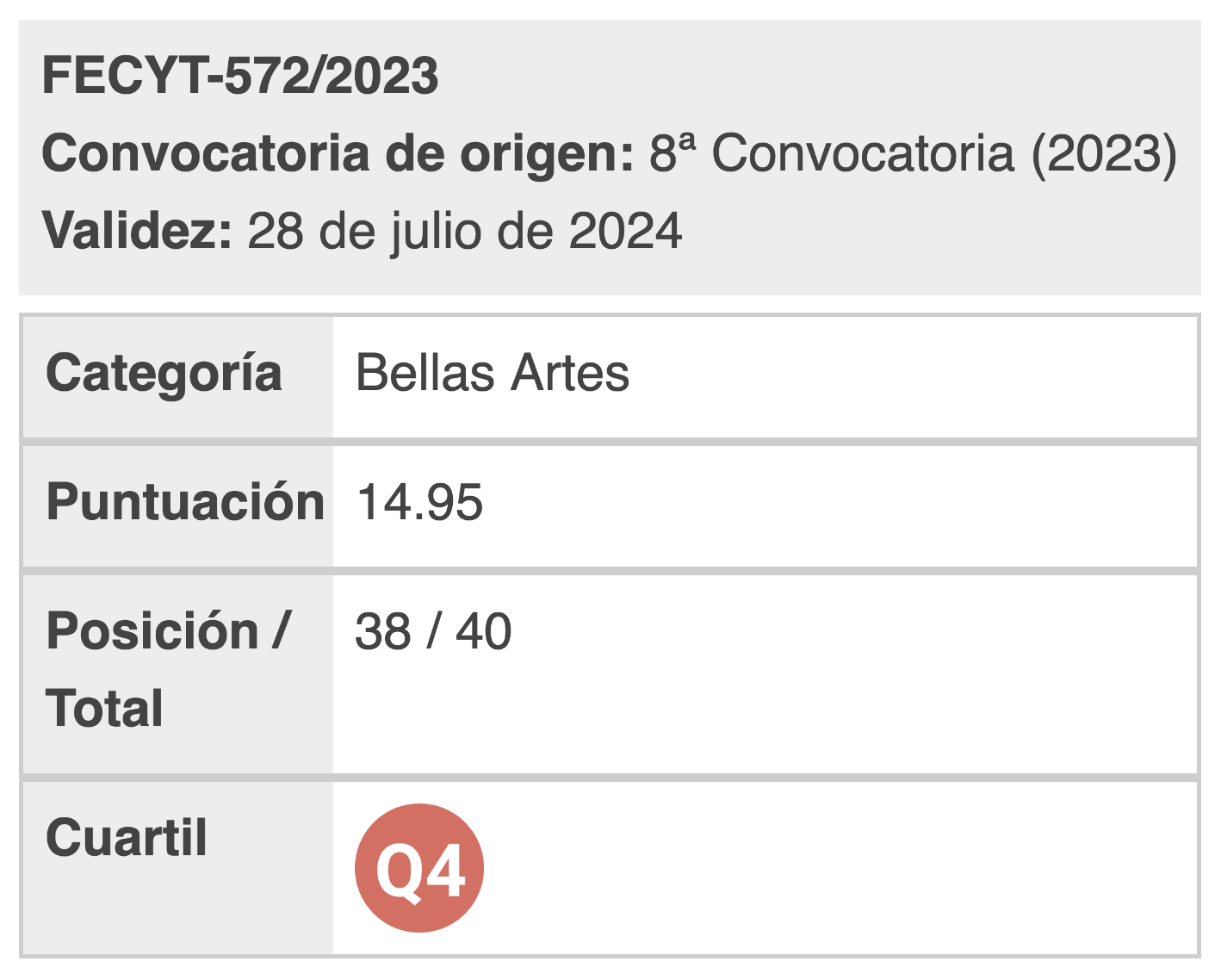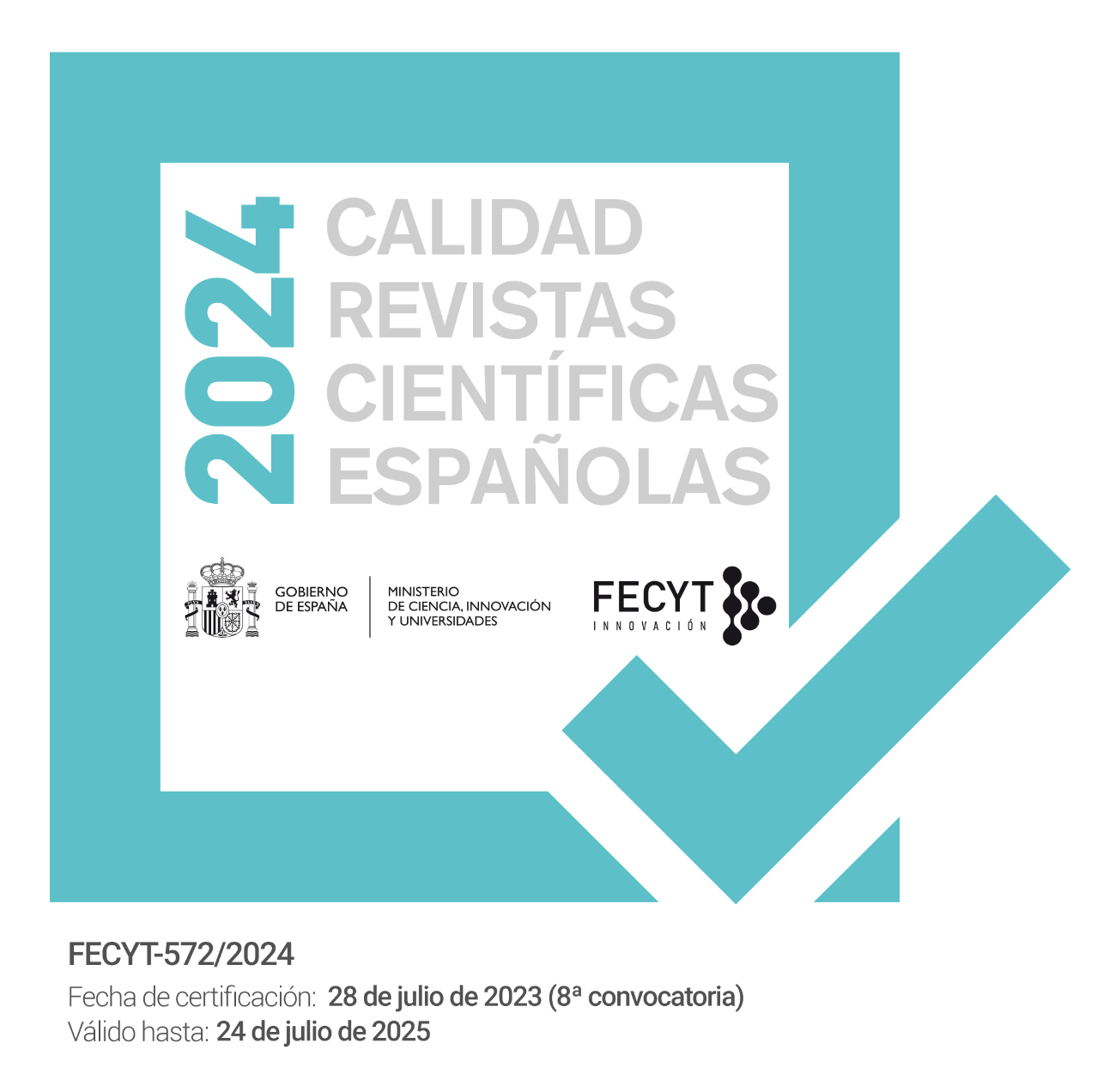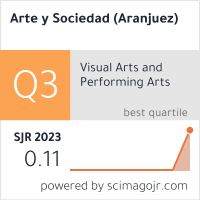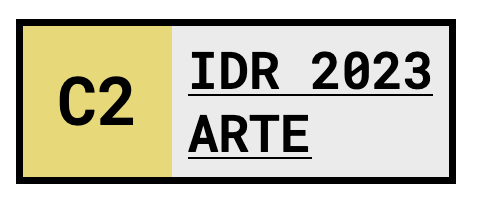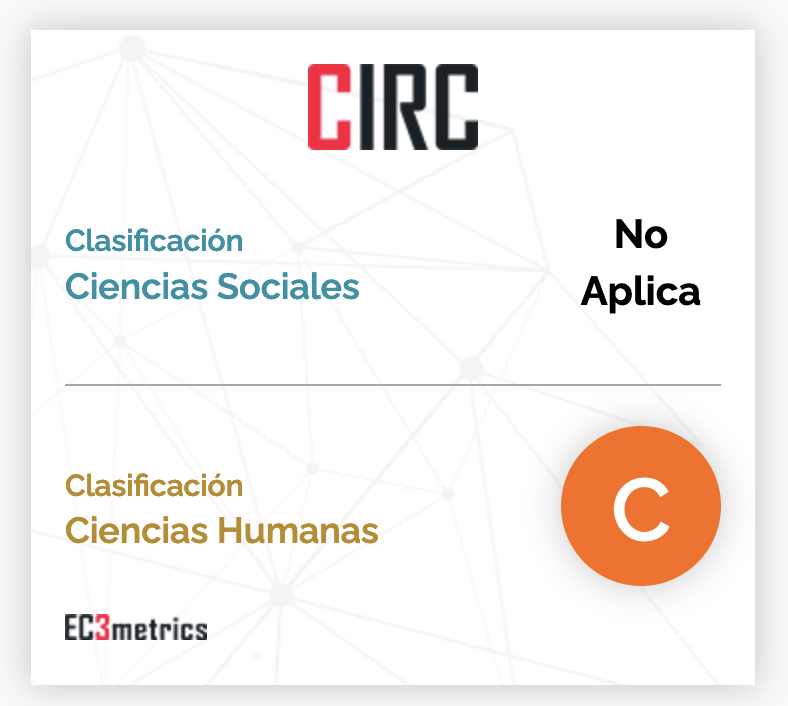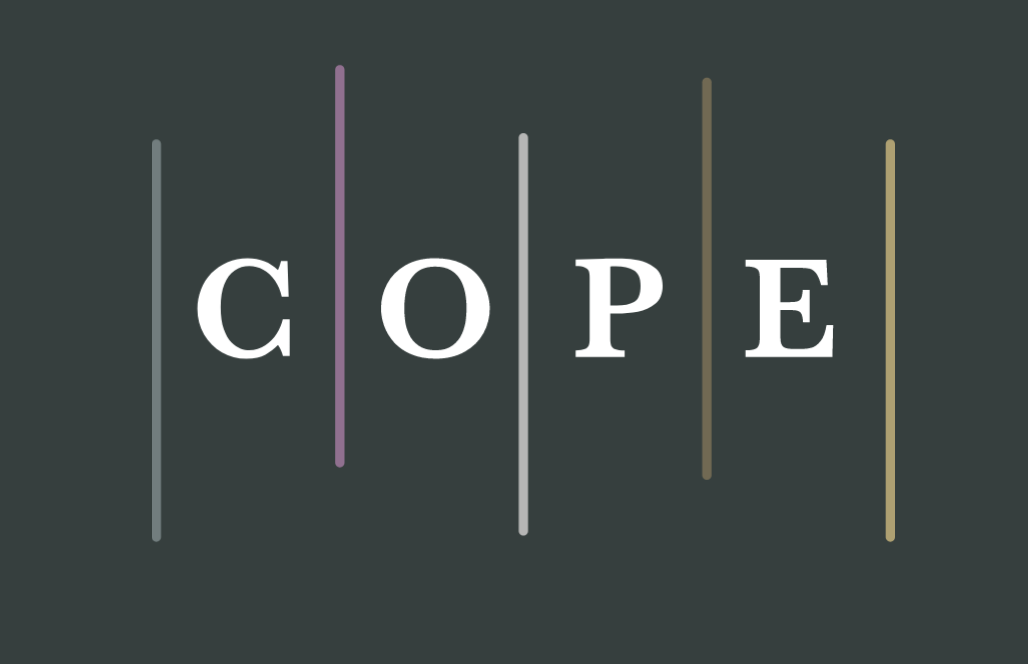Survival and synchrony in digital images. About a certain topicality of the BilderAtlas of Aby Warburg
DOI:
https://doi.org/10.5281/zenodo.7656703Keywords:
Aby Warburg, Survival, Cinematic image, Synchrony, Algorithmic imageAbstract
Aby Warburg produced his BilderAtlas within the framework of the transformations of the technical image, especially cinema. The article relates concepts such as survival, anachrony and synchrony with the appearance of the kinetic image. The way of presenting the images in the BilderAtlas has points in common with the relational and topological logic of digital images. The operational dimension of the image, explored in the Warburgian project, also reappears in digital visual culture. The article defends the topicality of the BilderAtlas to understand the algorithmic condition of the current image, as well as to search for alternatives to the control strategies for which it serves as an instrument.
References
Agamben, G. (2007) La potencia del pensamiento. Adriana Hidalgo.
Bal, M. (2016). Tiempos trastornados. Akal.
Baldacci, C. (2019) Recirculation: The Wandering of Digital Images in Post-Internet Art. En Holzhey, C. y Wedemeyer, A. (Ed.) Re-: An Errant Glossary (pp. 25-33). Berlin: ICI, 2019.
Barker, T. (2012). Time and the Digital. Darmouth College Press.
Brea, J. L. (2014 Una imagen es una imagen: tres escenarios. En Jaua, M. V. (Comp.) Textos, artículos e iluminaciones de José Luis Brea (pp. 52-56). México D.F.: R.M. Fundación Jumex.
Buchloh, B. (2006) Gerhard Richter´s Atlas: The Anomic Archive//1993. En Merewether, Ch. (ed.), The Archive (pp. 85-102). The MIT Press.
Cánepa, G. (2013) Imágenes del mundo, imágenes en el mundo: del archivo a los repertorios visuales. Poliantea, vol. 19 (16), 179-207.
Casetti, F. (2013) What is a Screen Today? En Berry, Ch., Harbord, J.y Moore, R. (Ed.) Public Space, Media Space (pp. 16-40). London: Palgrave Macmillan.
Celis Bueno, C. (2019) Notas sobre el estatuto político de la imagen en la era de la visión artificial. Revista Barda, vol. 5, (8), 89-106.
Crist, S. (Ed.) (2014) The Contact Sheet. Ammo Books.
Didi-Huberman, G. (1999) El punto de vista anacrónico. Revista de Occidente, (123), 25-40.
______________. (2009) La imagen superviviente. Historia del arte y tiempo de los fantasmas según Aby Warburg. Abada.
Fernández Mallo, A. (2018) Teoría general de la basura. Galaxia Gutenberg.
Fernández-Savater, A. (2018) Habitar el presente: una lectura de Ahora, del Comité Invisible. Rebelión. Recuperado de: http://www.rebelion.org/noticia.php?id=236503
Ferrer Ventosa, R. (2018) Mágica belleza. El pensamiento mágico como fundamento original de la teoría del arte (Tesis Doctoral). Universitat de Girona.
Fuchs, Ch. (2016) Critical Theory of Communication as Critical Sociology of Critique in the Age of Digital Capitalism. Conjunctions: Transdisciplinary Journal of Cultural Participation, vol. 3, nº (1), 3-14.
Gómez, M. (2016) Infraestructures of the Digital: Critical Approaches from Art Practice. Interartive. Recuperado de: http://interartive.org/2016/05/infrastructures-digital-art-practice/
Gutiérrez de Angelis, M. (2016) Del Atlas Mnemosyne a Gyphy: La supervivencia de las imágenes en la era del Gif. e-imagen Revista 2.0, nº 3. Recuperado de: https://www.eimagen.net/project/tocar-las-imagenes/
Gutiérrez de Angelis, M. y Gondra Aguirre, A. (2014) Tocar, besar, fotografiar. La imagen milagrosa 2.0. e-imagen Revista 2.0. Recuperado de: https://www.e-imagen.net/project/tocar-las-imagenes/
Hoelzl, I. y Marie, R. (2016) On the Invisible (Image and Algorithm). Recuperado de: https://www.fotomuseum.ch/en/explore/stillsearching/articles/27022_on_the_invisible_image_and_algorithm
Koepnick, L. (2017) The Long Take. Art Cinema and the Wondrous. Minneapolis (MN): University of Minneapolis Press.
Lubben, K. (Ed.) (2011) Magnum Contact Sheets. Thames and Hudson.
Michaud, P. A. (2017) Aby Warburg y la imagen en movimiento. Libros UNA, Universidad Nacional de las Artes.
Mitchell, W. J. T. (2018) Método, demencia y montaje. Síntoma y símbolo: de Aby Warburg a A Beatiful Mind. En Los cuerpos de la imagen (pp. 63-77). Instituto de Estudios Críticos/Centro de la imagen.
Moxey, K. (2015) El tiempo de lo visual. La imagen en la historia. Sans-Soleil.
Paglen, T. (2016) Invisible Images (Your Pictures Are Looking at You). The New Inquiry. Recuperado de: http://thenewinquiry.com/invisible-images-your-pictures-are-looking-at-you/
Paglen, T. (2014) Operational Images. e-flux, nº 59. Recuperado de https://www.e-flux.com/journal/59/61130/operational-images/
Rodowick, D. (2003) Reading the Figural, or Philosophy after the New Media. Duke University Press.
Röttiger, K. y Jackob, A. (2007) Who Owns the Images? Image Politics and Media Criticism in Theater: A Separation of Powers. Image & Narrative, nº 18. Recuperado de http://www.imageandnarrative.be/inarchive/thinking_pictures/rottger_jackob.htm
Steyerl, H. (2014) Los condenados de la pantalla. Caja Negra.
Taccetta, N. R. (2015) Giorgio Agamben y el cine. De la historia cinemática de Warburg al cine que viene. Revista Profanações, vol. 2, (1), 15-41.
Vindel Gamonal, J. (2014) La imagen de las cosas: cuerpo y objeto ante la crisis del consumo”, en Fernández Polanco, A. (Ed.) Pensar la imagen/Pensar con las imágenes, (pp. 53-92). Delirio.
Warburg, A. (2005) El renacimiento del paganismo. Alianza.
__________(2010) Atlas Mnemosyne. Akal.
Weigel, S. (2013) Epistemology of Wandering, Tree and Taxonomy. Images Re-vues. Histoire, anthropologie et téorie de l´art, nº 4. Recuperado de: http://journals.openedition.org/imagesrevues/2934

Published
How to Cite
Issue
Section
License

This work is licensed under a Creative Commons Attribution 4.0 International License.
You are free to:
Share — copy and redistribute the material in any medium or format.
Adapt — remix, transform, and build on the material for any purpose, including commercial.
Attribution — You must properly acknowledge the authorship, provide a link to the license, and indicate if any changes have been made.
You may do so in any reasonable manner, but not in any way that suggests that you endorse or receive any endorsement by the licensor for your use.
No additional restrictions — You may not apply legal terms or technological measures that legally restrict you from doing what the license allows.



